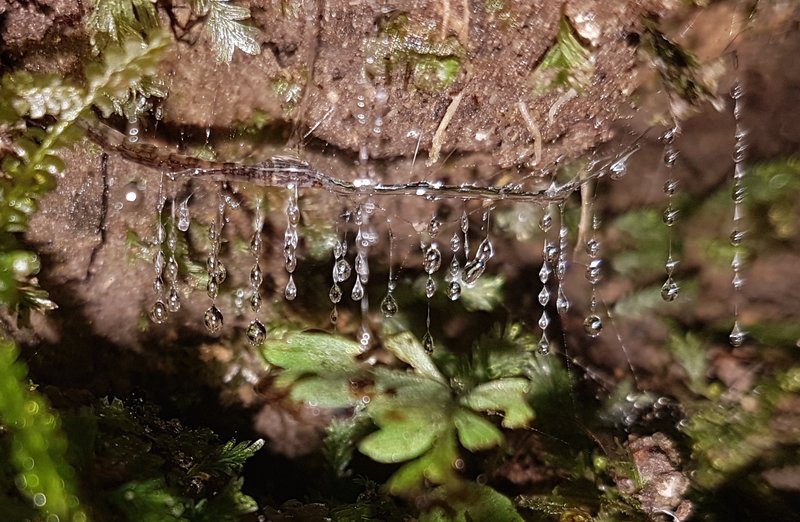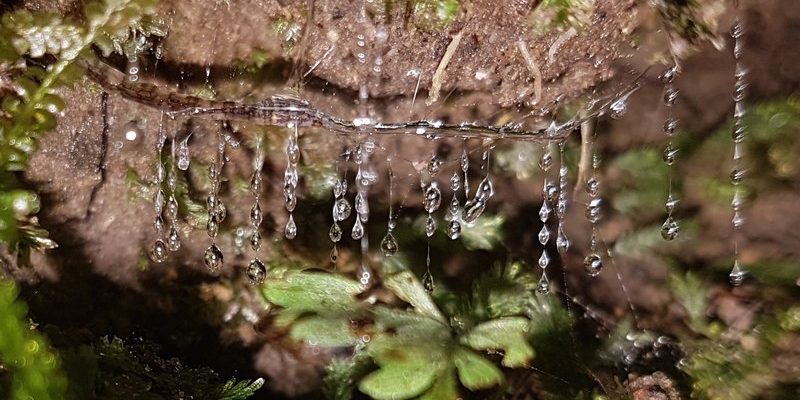
While the idea of using glow worms in educational settings might sound unconventional, they can be a great tool for teachers. With proper setup and care, observing these creatures firsthand provides students with a tangible connection to science topics. Whether you choose specific brand setups or DIY habitats, the goal is to bring students closer to biology in a fun and interactive manner.
What Are Glow Worms?
Glow worms might sound like something out of a fairy tale, but they’re very real! Most commonly, people think of the larvae of the beetle family Lampyridae when they hear “glow worm,” but the term can also refer to the larvae of some moth species. What’s truly magical is their ability to produce light through a chemical reaction in their bodies. It’s like nature’s little light show!
These glow worms live in dark, damp places like caves or forests, where they use their bioluminescence to attract prey. The light they emit works as a lure, pulling unsuspecting insects into their sticky silk traps. Isn’t that clever? This fascinating behavior provides a perfect opportunity for students to learn about ecosystems, predator-prey relationships, and adaptation.
You might be wondering how exactly glow worms shine. Here’s the thing: they produce light using a biochemical reaction that involves a substance called luciferin and an enzyme called luciferase. When these two meet in the presence of oxygen, voilà—a glow! This process can be a compelling way to introduce topics like enzyme reactions and photosynthesis.
Setting Up for a Live Demonstration
To bring glow worms into the classroom, you must first set up a secure environment for them. Think of it like creating a mini ecosystem. You’ll want a container that mimics their natural habitat—something like a terrarium works well. Be sure to include moisture, darkness, and the right temperature.
Here’s a simple checklist for setting up your glow worm habitat:
- Container: Clear terrarium or glass jar
- Substrate: Organic soil or moss
- Humidity: Ensure a damp environment
- Temperature: Keep it cool, around 20-25°C (68-77°F)
- Light: Minimal exposure to artificial light
Once your setup is ready, let your students take part in the process. They can help assemble the habitat and learn about the conditions that glow worms need to thrive. This hands-on activity can really enhance their understanding of biology.
Integrating Science Lessons with Glow Worms
Glow worms are a fantastic way to connect different scientific concepts. By observing their behavior, students can learn not just about bioluminescence but also about broader subjects like ecology and environmental science. You can pose questions to stimulate discussion, such as: *How do glow worms contribute to their ecosystem?* or *What would happen if they disappeared from their habitat?*
One great lesson could focus on food chains. Have students identify where glow worms fit into the food web. They can discuss what animals eat them, how they obtain their food, and how pollution or habitat destruction might impact their population. This sort of critical thinking nurtures a deeper understanding of ecology.
What about tying in chemistry? You could explain the chemical reaction behind their glow. After all, biology is intertwined with chemistry! Conducting a simple experiment to demonstrate enzyme reactions while using the glow worm’s bioluminescence as an example can be eye-opening. *Why do we see light?* becomes an intriguing question that students will be eager to explore.
Ethics and Conservation in Education
When considering live demonstrations, it’s essential to approach the topic with responsibility. Educating students about the importance of conservation and respectful treatment of living creatures should always be a priority. Glow worms, like many species, face threats from habitat destruction and pollution.
By incorporating conservation discussions into your lessons, you can teach students about the role they play in protecting our environment. This could include topics like local conservation efforts, the significance of biodiversity, and how they can contribute positively. You can challenge them to think about how their daily choices affect creatures like glow worms.
A thoughtful approach creates a more enriching experience for students and helps foster a sense of stewardship for our planet. *What can we do to protect these amazing creatures?* becomes a question for them to ponder.
Creative Ways to Use Glow Worms in Classroom Activities
Now that you have glow worms in the classroom, let’s explore some fun activities! These ideas can make learning feel more interactive and memorable.
1. Observation Journals: Encourage students to keep journals where they can document their observations about glow worms. They can note changes in behavior, light patterns, and habitat conditions. This practice sharpens their skills in scientific observation and record-keeping.
2. Art Projects: Students can create glow worm-inspired artwork. Using glow-in-the-dark paint, they can illustrate the life cycle of a glow worm or even design their own imaginary bioluminescent creatures. Combining art and science helps reinforce concepts in a way that’s both creative and engaging.
3. Presentations: After their glow worm studies, you can have students present what they learned to the class. They can share their journals, discuss conservation topics, or even create a multimedia presentation about bioluminescence in nature. Presenting their findings can build confidence and communication skills.
Potential Challenges and Troubleshooting
Like any live demonstration, working with glow worms can present challenges. You might run into issues with temperature control, humidity, or simply keeping the glow worms healthy. Here are some common challenges and tips on how to tackle them:
– Humidity Fluctuations: If you notice the environment isn’t humid enough, mist the terrarium lightly with water. Just be careful not to drown the worms!
– Temperature Issues: Glow worms prefer cooler temperatures. If your classroom is toasty, consider moving them to a cooler spot or using a small fan to keep air circulating.
– Light Exposure: Remember, glow worms thrive in darkness. If they’re exposed to too much light, they can become stressed. Ensure they’re kept in a dark corner of the classroom or under a cover when not being observed.
If you run into any problems, stay calm. You’ve got this! Regular observations and adjustments will ensure a successful demonstration.
Using glow worms in science classrooms for live demonstrations offers a brilliant way to engage students. Not only do they provide a captivating visual experience, but they also open doors to discussions around biology, ecology, and conservation. By creating a living classroom environment, you encourage curiosity and a deeper understanding of the natural world.
So, as you think about your next science lesson, consider how you might introduce glow worms. Whether through observation, art projects, or discussions about their importance in nature, these little creatures can leave a lasting impact on young minds. Here’s to illuminating the path of knowledge—one tiny glow at a time!

